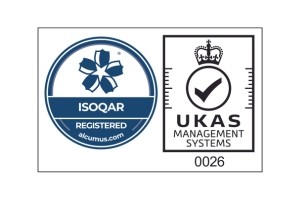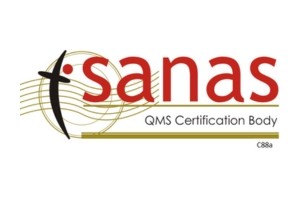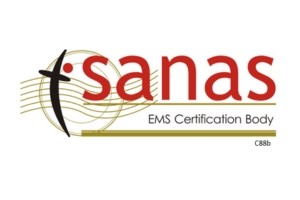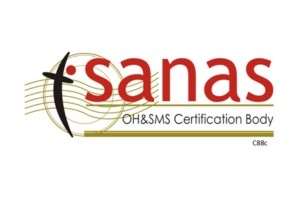ISOQAR Africa has already successfully completed a number of remote audits with clients due to COVID-19, ensuring we help businesses achieve and maintain ISO certification while keeping everyone safe and healthy.
How to go about:

The following procedure is to be followed in the event of remote auditing;
Pre-audit Information
The operations team will communicate with each client directly in order to establish their ability to be audited remotely. This includes information such as available conference facilities, resource and technology available to support the audit. Once the remote audit is confirmed, written confirmation is sent to the client and the remote audit is confirmed in the diaries.
Planning a Remote Audit
Planning of remote audits is key to a successful audit. Remote audits can be carried out using a number of methods. Where possible Teams, Zoom or Skype meetings should be scheduled to allow the sharing of information between auditor and the client representative. If this is not possible then email and speaker phones can be used. The client representative must be contacted prior to the audit to explain the process and ensure availability of the relevant staff. This can also be carried out during the opening meeting.
Opening meeting
In addition to the normal opening meeting agenda the following agenda should also be discussed:
Determine main point of contact for the audit duration
1. Establish lines and methods of communication
2. Where multiple auditors are involved. They are to “attend” the opening meeting where feasible
3. Ensure the client has appropriate resources available for a multi auditor/day audit and ensure methods of communication are in place
4. Review the audit plan and amend as necessary to ensure as much of the plan as possible is covered
5. Determine the most appropriate way of obtaining evidence for the audit. Eg interview, document, records, photographs, video, Dropbox etc.
6. Outline the process for the audit e.g.
- a. Interview
- b. Receive audit evidence
- c. Review audit evidence
- d. Further discussion based on the evidence
- e. Decision on conformance of the evidence reviewed
- f. Identify the final objective as being able to provide an effective audit report to enable continued certification or to obtain certification
Please remember the 3C’s
Clarity: ensure that all parties are fully aware of the process and what is required by all
Common sense: take a pragmatic approach to the audit. Things will change as the audit progresses. Be flexible in your approach
Communication: continue to keep lines of communication open and methods of communication effective between all parties.

Join our mailing list to receive upcoming posts: http://www.isoqar.co.za/

